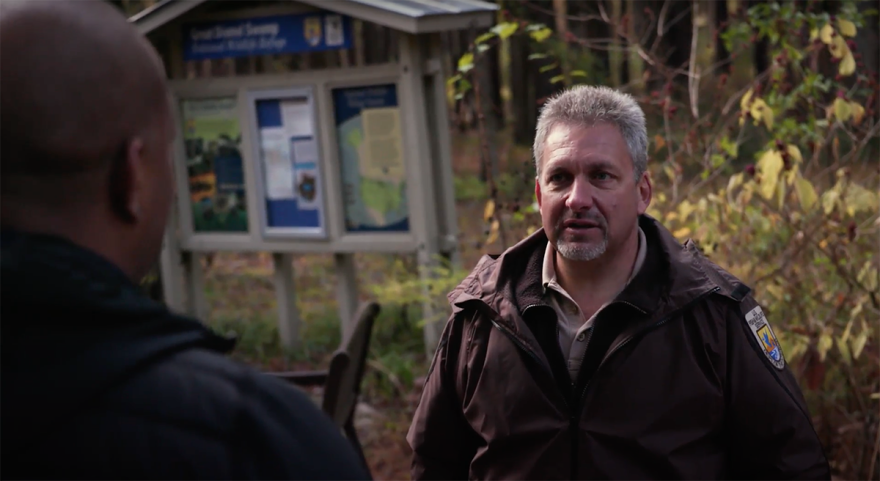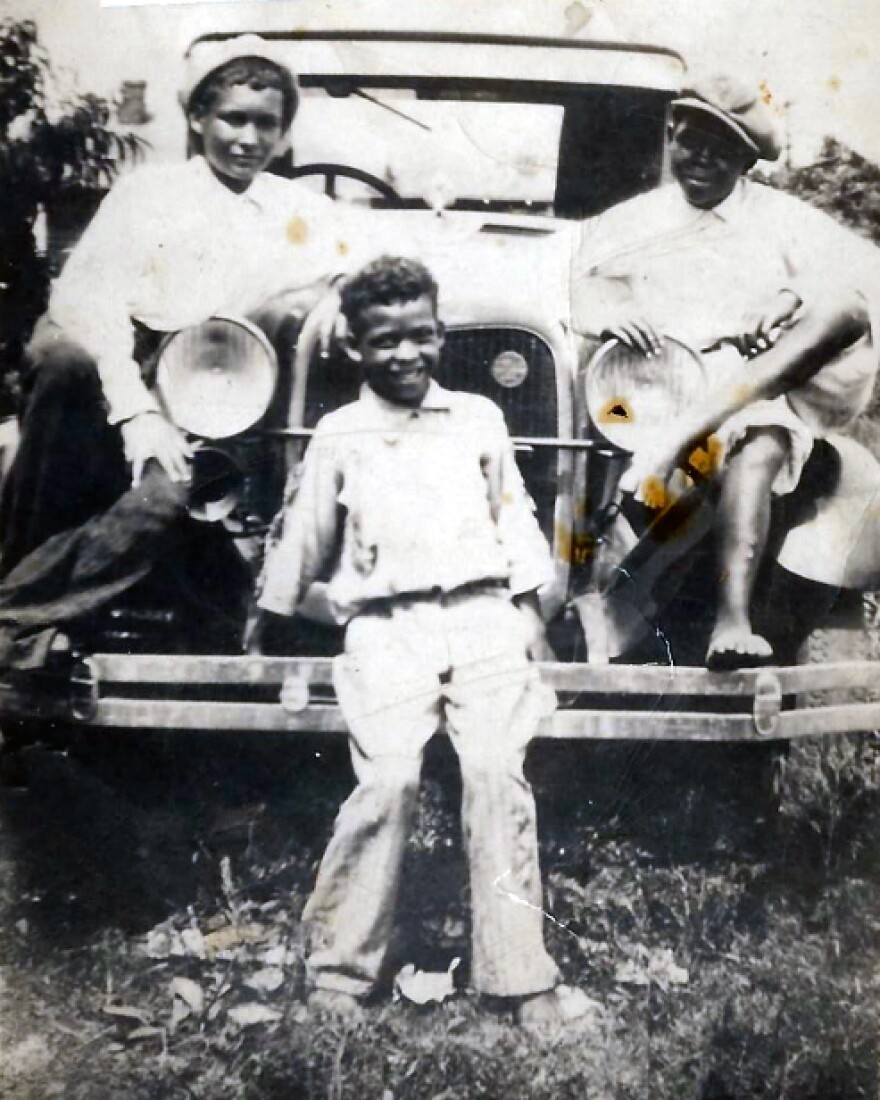At the east end of the Route 460 corridor lies the bustling city of Suffolk, Virginia - home to a strong peanut industry and the birthplace of Planter’s Mr. Peanut.
While the vast acreage surrounding Suffolk continues to support the region’s agricultural traditions, the land is steeped in centuries of history – some of which may surprise even the ardent history buff.
And the Great Dismal Swamp, just outside of Suffolk, is full of surprises.
Hidden History with Brian Bullock uncovers remarkable stories that lie in the murky waters of the ancient swamp, and the way in which those stories are being preserved.
Prior to European colonization, the Great Dismal Swamp and the land surrounding it were home to the indigenous Nansemond people. At the time English settlers discovered the swamp, it spanned one million acres, providing plentiful sustenance for the tribes that lived there.
The swamp has significant environmental meaning. As a forested wetland, it is a unique ecosystem, rich in biodiversity. Thick vegetation and a central lake provide sustainable conditions for species common to both northern and southern climes.
Nikki Bass is an environmental chemist and descendent of Great Dismal Swamp inhabitants, with a combined ancestry that includes Native Americans, African-Americans, and European colonizers.
“For indigenous people, we think about the swamp in that sense – as a place full of life, full of wildlife, food sources, and medicines,” she said.
However, for enslaved Black people living on Southern farms and plantations, the Great Dismal Swamp provided a means to escape bondage. It became part of the Underground Railroad path to freedom.
“From what we know, there were freedom-seekers who made it through the swamp,” explained Refuge Manager Chris Lowie. “But even more critical, these freedom-seekers actually lived in the swamp for generations.”

Those who found freedom – Bass’ ancestors among them – settled, grew families, and worked the land, concealed from their captors. They created a hidden history in the Great Dismal Swamp that spanned hundreds of years.
“I’ve been really fascinated by the intersection between the indigenous part of my family and my African-American ancestors who had a similar relationship to the land,” Bass commented. “I believe that’s what enabled indigenous people and African-Americans to form bonds with each other.”

While folks may assume that freedom-seeking Black people learned how to survive the sometimes-challenging environment of the Great Dismal Swamp, Bass tells another story.
“The African-Americans who were in the swamp and surviving were not just in a state of panic and escape,” she said. “They had knowledge that enabled them to survive.”
Bass’ research has uncovered thousands of families with affiliations to the Great Dismal Swamp and the surrounding area. She hopes they will return and experience the same connection to the swamp that she feels, and that they will continue the history that started there so many centuries ago.
“Our history here is still unfolding. We’re still part of the community, we’re still building legacies,” she said.
For her, the history of the Great Dismal Swamp is just as alive as the rich and diverse landscape the swamp provides.
“I want folks to know that one day people will look back at us and examine how we’ve used our history to continue building and to create a society that values parts of our experience that were previously undervalued."
If you missed episode one of Hidden History about the collapse of Richmond’s Churchill Tunnel - and the train buried there for over a century - check it out on VPM’s website!
Look for new episodes of Hidden History with Brian Bullock coming soon to VPM!






